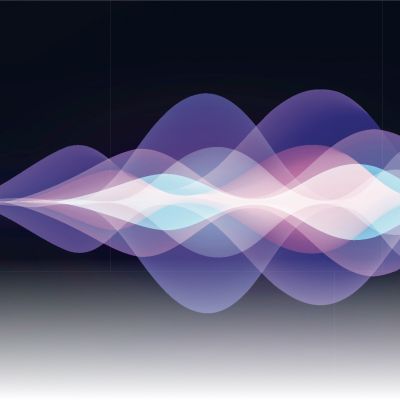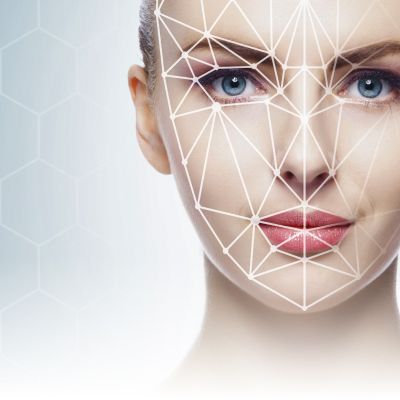
Beyond the Boundary
PKSHA ReSearch takes a different approach to research than university laboratories.
To implement the results of advanced information technology research in society, three main constraints must be met.
First, how to appropriately connect to the needs of society/consumers and deliver to users, second, how to successfully combine technologies from different fields and link them to added value, and third, how to deliver to society in a way that generates cash flow (a cycle of added value).
PKSHA Technology collaborates with various partner companies and universities to explore ways to implement advanced information technology in society by "straddling knowledge" between fields.
Features
- “Co-Creation”Don't do it alone
- Instead of locking ourselves away in a room by ourselves, we deepen our knowledge through joint projects with leading laboratories and companies in our respective fields.
In order to implement information technology in society at the fastest speed possible, we need the cooperation of companies that provide social infrastructure and have their own data. In collaboration with laboratories, we aim to implement advanced information technology in society as quickly as possible. - “Multi Disciplinary”Cross a field
- Every year, knowledge continues to deepen and subdivide in each research field, but at the same time, the importance of weaving together multiple fields continues to grow.
At the same time, the importance of weaving together multiple disciplines continues to grow.
(e.g., multimodal solutions (natural language/audio/video, etc.), biotechnology x information technology, etc.) - “Creativity is Practice”Try and deepen
- Based on the idea that "reality is more complex than the human brain," we place importance not only on thinking, but also on building and running the prototype (prototyping and demonstration).
By actually running the prototypes in the real world, we will create a feedback loop to update the way we see the world itself and increase the resolution of our knowledge.
PKSHA Algorithm Modules
- Voice Recogntion & Synthesis module
- It realizes a sophisticated interface between humans and software by correctly translating and understanding human speech into language and then transmitting it through synthesized speech with a natural accent.
![]()
- Natural Language Processing module
- It understands information expressed and conveyed in words (natural language) and supports people's communication and decision-making through various processes such as extraction, organization, interpretation, retrieval, conversion, response, and generation of necessary information.
![]()
- Video/Image Recognition & Synthesis module
- It extracts all kinds of information from images and videos, including people, objects, and backgrounds, and interprets and synthesizes them, including estimation of the shooting conditions.
Video images can be obtained from various devices such as surveillance cameras, mobile devices, and business equipment, and recognition and analysis results are presented periodically in batch processing or in real-time, reducing workload and promoting intelligence in the entire workflow.![]()
- Prediction/Inference/Optimization module
- By combining "prediction and inference" technology, which extracts patterns that are difficult for humans to recognize from a wide variety of real-world data, and "optimization" technology, which provides feedback on optimal decision-making based on the extracted patterns, we can achieve intelligence in a variety of fields and industries.
![]()
Research actions
![]() Natural Language ProcessingReleased "Camphr", a natural language processing library, as open source.
Natural Language ProcessingReleased "Camphr", a natural language processing library, as open source.![]() Natural language processing"tdmelodic", natural language processing software that automatically estimates Tokyo-style accents for Japanese speech synthesis, is now open source.
Natural language processing"tdmelodic", natural language processing software that automatically estimates Tokyo-style accents for Japanese speech synthesis, is now open source.![]() Voice and Acoustic ProcessingDeveloped SinkPIT, a sound source separation technology for environments with many speakers speaking at the same time
Voice and Acoustic ProcessingDeveloped SinkPIT, a sound source separation technology for environments with many speakers speaking at the same time![]() Speech Recognition and Speech SynthesisLaunched AI text-to-speech service using state-of-the-art text-to-speech technology.
Speech Recognition and Speech SynthesisLaunched AI text-to-speech service using state-of-the-art text-to-speech technology.![]() Video Recognition and Video SynthesisProviding image-free size estimation technology to the made-to-order brand "KASHIYAMA"
Video Recognition and Video SynthesisProviding image-free size estimation technology to the made-to-order brand "KASHIYAMA"










